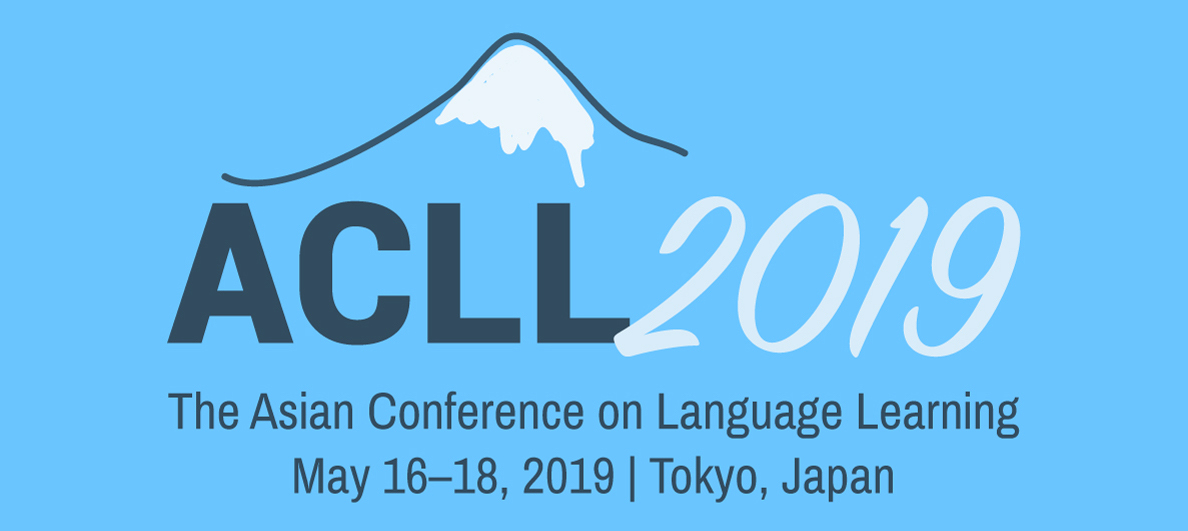The Asian Conference on Language Learning 2017 (ACLL2017) was held alongside The Asian Conference on Technology in the Classroom 2017 (ACTC2017) in Kobe, Japan.
This page provides details of presentations and other programming. For more information about presenters, please visit the 2017 Speakers page.
-
 Change in Japanese Tertiary Education: Implementing Content and Language Integrated Learning (CLIL) in JapanKeynote Presentation: Ted O' Neill
Change in Japanese Tertiary Education: Implementing Content and Language Integrated Learning (CLIL) in JapanKeynote Presentation: Ted O' Neill -
 Instructional Designers as Agents of Change: Facilitating the Next Generation of Technology-Enhanced LearningFeatured Presentation: Barbara Lockee
Instructional Designers as Agents of Change: Facilitating the Next Generation of Technology-Enhanced LearningFeatured Presentation: Barbara Lockee -
 Beyond web 2.0: Designing authentic mobile learning for everyday contexts in AsiaKeynote Presentation: Mark Pegrum
Beyond web 2.0: Designing authentic mobile learning for everyday contexts in AsiaKeynote Presentation: Mark Pegrum -
 How to Use Wikipedia as an Educational Tool in the ClassroomFeatured Presentation: Nichole Saad
How to Use Wikipedia as an Educational Tool in the ClassroomFeatured Presentation: Nichole Saad -
 Assessment Basics for the Language Classroom: A Crash Course in TestingFeatured Presentation: Brandon Kramer
Assessment Basics for the Language Classroom: A Crash Course in TestingFeatured Presentation: Brandon Kramer -
 Balancing Principles and Practicalities When Designing and Implementing a Vocabulary ProgramFeatured Presentation: Stuart McLean
Balancing Principles and Practicalities When Designing and Implementing a Vocabulary ProgramFeatured Presentation: Stuart McLean






